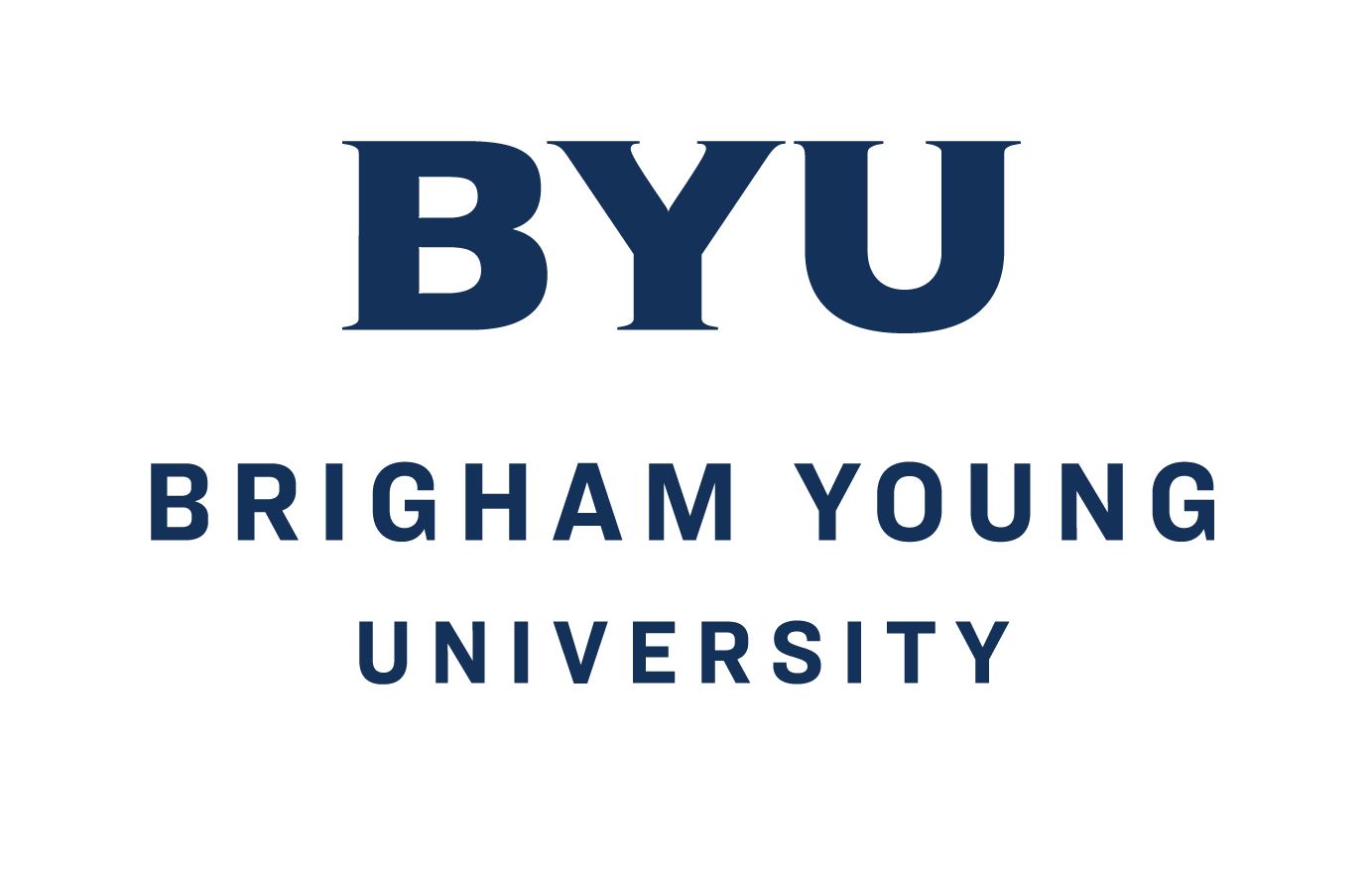Visitors to Brigham Young University’s Monte L. Bean Life Science Museum will get an up-close look at the third-largest, land-dwelling species on earth—a southern white rhino.
The rhino will be on display in the museum’s Center Atrium until Jan. 31, 2008. The museum is open weekdays from 10 a.m. to 9 p.m., and Saturdays from 10 a.m. to 5 p.m. Admission is free.
“The white rhino is a remarkable animal and the museum is delighted to be able to share it with the BYU and local community,” said Larry St. Clair, the museum’s director.
In addition to displaying such a rare specimen, Wesley ‘Skip’ Skidmore, who has been the museum’s taxidermist and vertebrates collection manager for nearly 30 years, will conduct the rhino’s taxidermy in full view of the public.
“I have never worked on a rhino before, so this will be a new experience,” Skidmore said. “This will be a great opportunity for the public to see what goes into the taxidermy process.”
In Greek, taxidermy literally means “the arrangement of the skin” and entails arranging a tanned skin over a plastic foam model. The skin rarely fits the model perfectly, so the taxidermist works to make it fit.
The rhino is a gift from Fred and Sue Morris, two great friends of the museum. The Morrises acquired the rhino with a special permit in Africa, the process of which Fred Morris explains in a taped interview shown at the exhibit.
The museum, located southeast of the Marriott Center, is open Mondays through Fridays from 10 a.m. to 9 p.m. and Saturdays from 10 a.m. to 5 p.m. For more information, call (801) 422-5051 or visit mlbean.byu.edu.
Writer: Marissa Ballantyne



